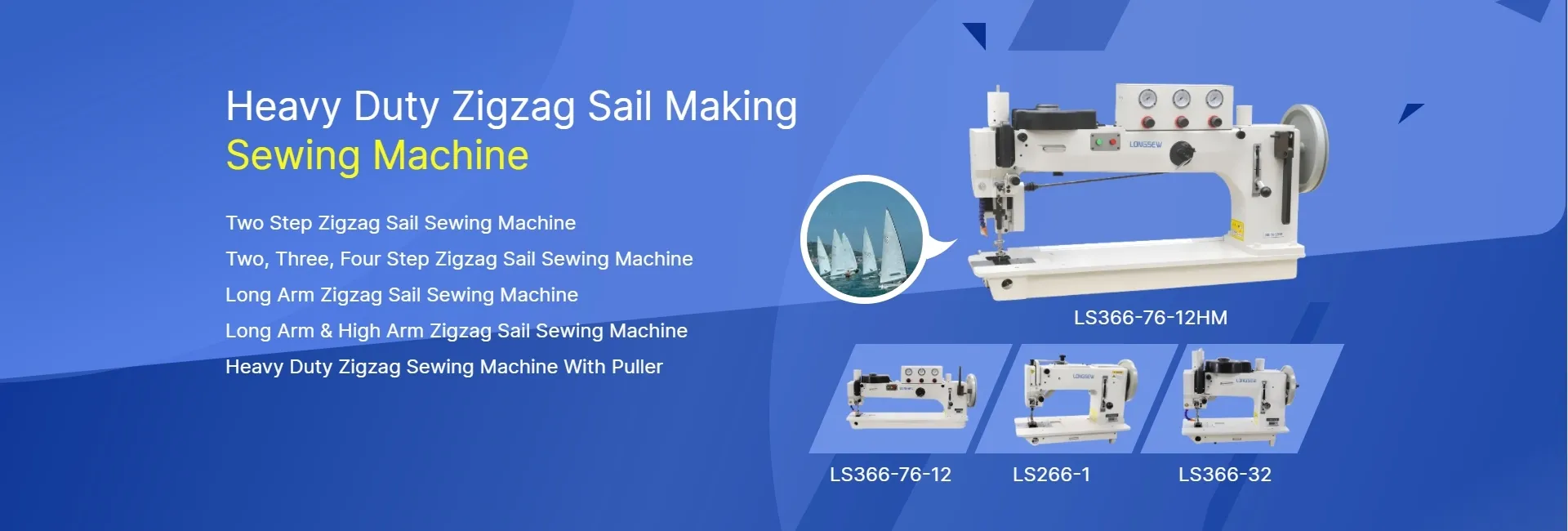Advanced Compound Feed Sewing Machines for High-Quality Stitching and Versatile Fabric Handling
The Compound Feed Sewing Machine A Versatile Tool for Textile Industries
In the realm of textile manufacturing, efficiency and versatility are paramount. Among the various types of sewing machines, the compound feed sewing machine stands out as an essential tool for professionals working with different fabric types and complex materials. This machine, often referred to as a walking foot sewing machine, combines several feeding mechanisms to ensure smooth and consistent fabric feeding during the sewing process, making it ideal for heavy-duty applications as well as delicate fabrics.
Understanding Compound Feed Mechanism
The compound feed sewing machine operates on a unique feeding system that incorporates three feeding methods needle feed, walking foot, and feed dogs. The combination of these elements allows the machine to handle various layer thicknesses, which is especially crucial when working with multi-layered textiles or materials that are difficult to manage, such as leather, canvas, or upholstery fabrics.
1. Needle Feed The needle acts as a feeding component, advancing the fabric during the stitching process. This is particularly useful for preventing fabric slippage, ensuring that even the most challenging materials are fed consistently and accurately.
2. Walking Foot The walking foot mechanism lifts and lowers in sync with the needle, moving the upper layer of fabric along with the feeding action. It grips the fabric from the top while the feed dogs move the bottom layer, drastically reducing the chances of uneven seams or fabric bunching.
3. Feed Dogs The feed dogs are the traditional feeding mechanism in sewing machines. They grip the fabric from below and move it forward during sewing. In a compound feed sewing machine, their action complements that of the walking foot and needle feed, creating a seamless feeding process.
Applications in the Textile Industry
The versatility of compound feed sewing machines makes them suitable for various applications in the textile industry. Here are some notable uses
- Upholstery When covering furniture or creating cushions, heavy and thick fabrics require a robust sewing machine capable of handling multiple layers
. The compound feed mechanism prevents the fabric from slipping, allowing for secure and even seams.compound feed sewing machine

- Leather Goods Leather poses a unique challenge due to its thickness and rigidity. A compound feed sewing machine provides the necessary control over the material, ensuring that seams are straight and finished elegantly without damaging the leather.
- Sportswear and Outdoor Gear Fabrics used in sportswear and outdoor equipment often feature multiple layers and specialized materials (like waterproof coatings). The precise feeding of a compound feed sewing machine is essential for creating durable garments that withstand harsh conditions.
- Costume and Fine Garment Construction In fashion design, where delicate fabrics need to be meticulously handled, a compound feed sewing machine aids in maintaining the integrity of the fabric while providing a smooth workflow.
Advantages of Compound Feed Sewing Machines
The benefits of utilizing a compound feed sewing machine are numerous
- Improved Stitch Quality Consistent fabric feeding leads to uniform stitches, enhancing the quality of the finished product.
- Reduced Fabric Damage The gentle grip of the walking foot and needle feed minimizes the risk of tearing or stretching the fabric, preserving its appearance and structure.
- Increased Productivity The efficiency of fabric handling allows for faster production times, making it easier for businesses to meet demand while maintaining quality.
Conclusion
The compound feed sewing machine is an invaluable asset in the textile industry, providing a solution to the challenges posed by various fabric types and complexities. By combining multiple feeding mechanisms, it ensures precision, reduces fabric damage, and enhances productivity. Whether for heavy-duty upholstery, leather goods, or delicate garment construction, this machine addresses the diverse needs of the modern sewing environment. For anyone involved in the textile industry, investing in a compound feed sewing machine is not just a choice; it’s a necessity for achieving professional-grade results.
-
Boost Production Efficiency with a Pattern Sewing MachineNewsAug.29,2025
-
Industrial Excellence with the Best Heavy Duty Sewing MachineNewsAug.29,2025
-
Precision and Power with the Best Pattern Sewing MachineNewsAug.29,2025
-
Reliable Bulk Packaging Starts With the Right FIBC Sewing MachineNewsAug.29,2025
-
Advanced Packaging Solutions: Elevate Productivity with Jumbo Bag Sewing Machine and Industrial Stitching EquipmentNewsAug.29,2025
-
High-Performance Solutions for Bulk Packaging: FIBC Sewing Machine and MoreNewsAug.29,2025
-
Maximize Efficiency with an Industrial Cylinder Arm Sewing MachineNewsAug.28,2025


























